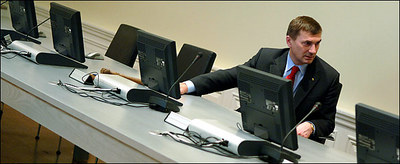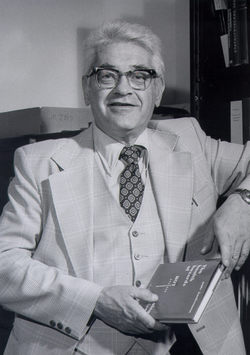“France is definitely behind,” says William Keylor, professor of International Relations and history at Boston University. “If France were to create a more-flexible labor market it would eventually increase productivity and prosperity, but the short-term transition would be difficult and people just aren’t thinking long term.”
There have been labor changes across continental Europe recently. Denmark’s measures to liberalize hiring and firing have helped the country cut its unemployment rate in half from about 10% in the early 1990s to under 5%. Spain, too, has introduced short-term employment contracts which have helped cut its unemployment rate by more than half from 20% a decade ago.
But elsewhere, attempts at change have met with staunch opposition, often resulting in watered-down measures. Italy passed changes to its labor laws in 2004, introducing an extension of temporary-work contracts that were introduced in 1997 and were credited with helping cut Italy’s overall unemployment rate to 7.1% from 12% when the contracts began. Yet many economists say Italy, which recorded zero growth last year, hasn’t gone far enough.
In Germany, where unemployment stands at 11%, a coalition government headed by conservative leader Angela Merkel has promised to reduce unemployment by introducing similar measures to those hotly debated in France. The government had to settle on compromise measures that can extend a current probation period for workers to 24 months, from the current six. But companies don’t have the right to terminate contracts within those two years without giving just cause. Other, more difficult, provisions, are still on hold.
The new measures that will be introduced in Parliament as early as today are targeted at “disadvantaged” youths, which refer to people between 18 and 25 who have left school without any qualifications and who are unemployed. The provisions include increasing financial incentives to employers to hire people under 26 who face the most difficulties.
It would apply to some 160,000 young people currently hired under government-subsidized job contracts, according to an interview with Employment Minister Jean-Louis Borloo in an interview with Le Monde newspaper. The cost to the government would be around €150 million ($180 million) in the second half of 2006, Mr. Borloo was quoted as saying.
But economists said the change of tack was a bad signal. “The real problem is that the results obtained by opponents of the new law…show that it is very difficult to introduce reforms in France,” Dominique Barbet, economist at BNP Paribas, wrote in a research note. “This will give opponents of reform confidence for future actions.”
For the full story, see:
ALESSANDRA GALLONI. “Bowing to Protesters, Chirac Abandons Youth-Labor Law; Reversal Highlights Europe’s Difficulties With Painful Reforms.” The Wall Street Journal (Tues., April 11, 2006): A3 & A10.
(Note: the title and version of the article quoted here are from the online version. The title and content of the version in the printed paper was a little different in a couple of places.)



